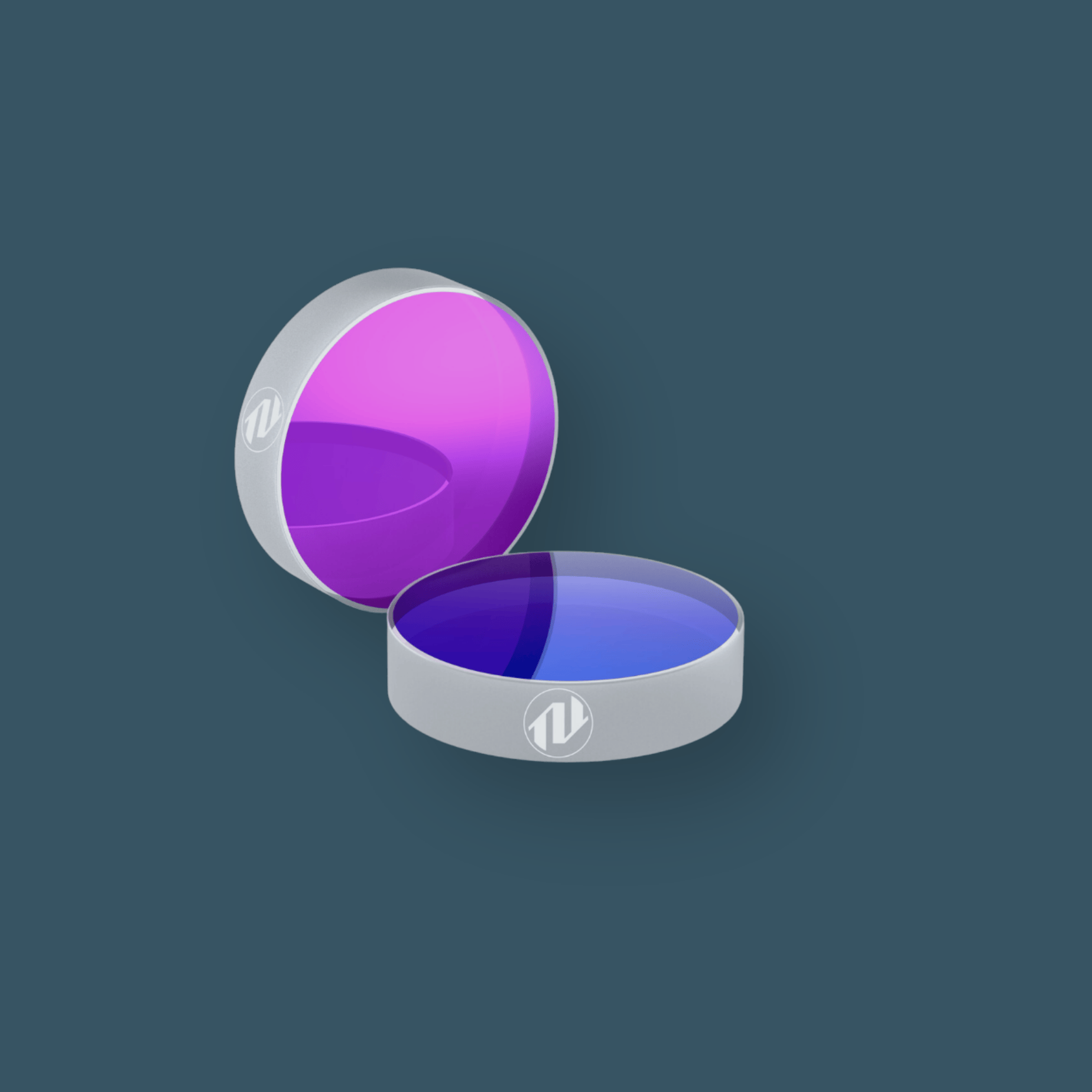Contents

Source: OPTOMAN
Understanding Dispersive Mirrors in Laser Optics
What are Dispersive Mirrors?
Dispersive mirrors are specialized mirrors used in laser optics that introduce chromatic dispersion. They are essential for applications like dispersion compensation in laser resonators, pulse compression, and other femtosecond laser optics and signal processing tasks.
Types of Dispersive Mirrors
Dispersive mirrors are typically dielectric mirrors and can operate based on various principles:
- Gires–Tournois Interferometer: Utilizes interference effects to achieve significant chromatic dispersion.
- Chirped Mirrors: The optical penetration depth varies with wavelength, enabling broadband dispersion.
Design and Functionality
Dispersive mirrors are highly reflective and designed to manage chromatic dispersion across specific bandwidths. Precision in spectral dispersion profiles is crucial for applications requiring high-order dispersion compensation.
Performance and Considerations
Dispersive mirrors typically have higher parasitic losses compared to standard laser mirrors. They may exhibit slightly lower reflectance and optical damage thresholds due to their deeper dielectric penetration depth.
Optimization and Applications
Optimized dispersive mirrors can minimize thermal effects and parasitic losses, making them suitable for high-power laser applications. Multiple reflections between dispersive mirrors can enhance chromatic dispersion.
Designing Dispersive Mirrors
Specialized software like RP Coating is crucial for designing dispersive mirror coatings efficiently. These tools allow for flexible simulation and optimization of mirror designs to meet specific requirements.
Conclusion
Dispersive mirrors play a vital role in laser optics, enabling precise control of chromatic dispersion for various applications. Understanding their design and functionality is essential for optimizing laser systems and achieving desired performance.
</>

Source: Edmund Optics
Feel free to comment your thoughts.



